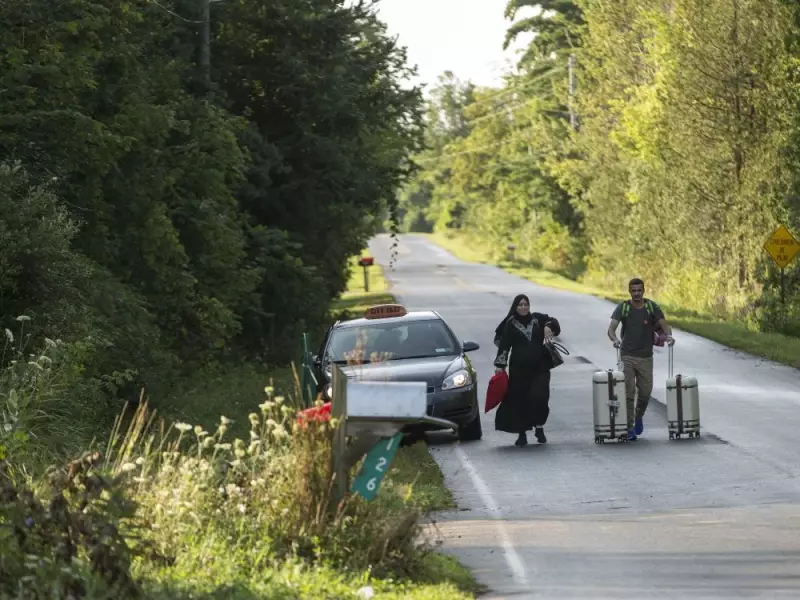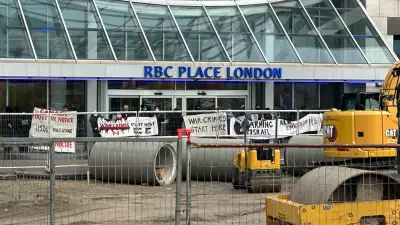
Prime Minister Mark Carney's newly released immigration levels plan for 2026-2028 fails to adequately address Canada's severe overcapacity problems, according to analysis comparing the approach to partially mending a plumbing leak while the basement remains flooded.
The Numbers Behind the Plan
Carney's government intends to grant 380,000 people permanent resident status annually from 2026 through 2028 through regular immigration streams. Additionally, over the next two years, another 148,000 refugees and work permit holders will receive permanent residency, indicating that not all temporary status holders will be returning home.
The plan also includes bringing in 385,000 temporary residents (workers and study permit holders) in 2026, followed by 370,000 in each of the subsequent two years. When combined, these figures total over 800,000 new entrants to Canada annually during the plan's implementation period.
Uncapped Streams Continue to Strain Systems
A critical concern highlighted in budget documents reveals that these numbers exclude asylum seekers, whose intake remains uncapped. These individuals can enter Canada through various channels including visitor visas, illegal border crossings, and students or temporary workers who abuse their status to claim asylum, effectively extending their stay in the country.
Visitor visas also remain without caps. While intended for genuine visitors, people frequently use these visas from poorer countries specifically to claim asylum upon arrival. The lengthy processing times for these applications, which can take years, allow claimants to access Canadian healthcare and establish roots that support future permanent residency applications even if their asylum claims are ultimately rejected.
Historical Context and Continuing Pressures
While Carney's plan represents a reduction from the peak numbers of 2022—which saw 437,000 new permanent residents and 604,000 temporary residents admitted for a total of 1,041,000—the 2026 levels still exceed 2014's figures of 681,000 new entrants (260,000 permanent and 421,000 temporary).
Each year of operating beyond capacity intensifies artificial competition in the job market for young people, maintains elevated housing costs, strains the healthcare system, and overwhelms schools struggling to accommodate new families whose children study for free, sometimes without English language proficiency. Additional unquantifiable costs include challenges related to cultural integration.
Financial Burden on Canadian Taxpayers
The budget reveals significant costs associated with current immigration streams. Canada spent $67 million on lodging for asylum seekers during the 2025-26 year, though this program officially ended in September. Now, asylum seekers must rely on non-profit, provincial, and municipal housing resources or private payments, potentially creating ongoing financial pressures.
For asylum seeker and refugee healthcare, the government has allocated $1 billion over the next two years. Canada's system guarantees comprehensive healthcare coverage to anyone making an asylum claim, including prescription drugs, vision care (one annual eye exam and glasses), dentures, psychological counselling, mobility aids, oxygen equipment, and ambulance fees.
The combination of continued high immigration levels and uncapped asylum streams suggests Canada's systemic capacity issues in housing, healthcare, education, and infrastructure will persist despite the government's attempts to moderate intake numbers.





